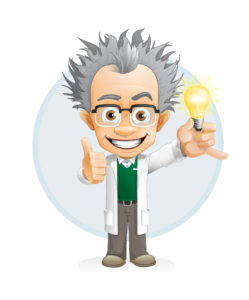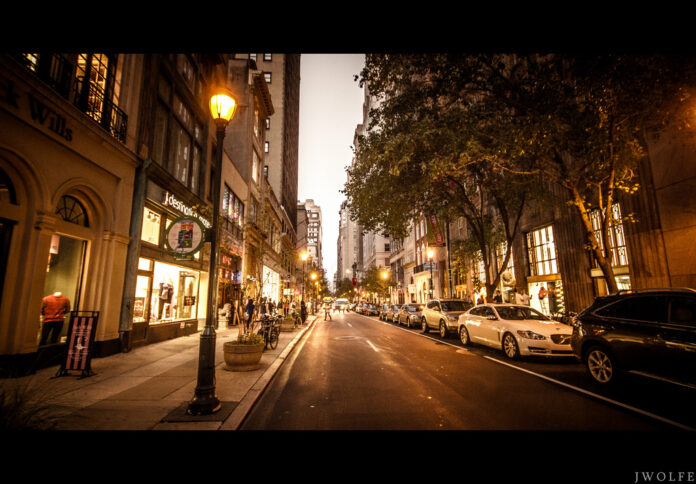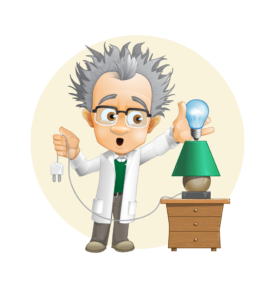We are barreling head first into the next generation of the internet. After ecommerce, social media and the cloud, connecting everything is the obvious next step. The trend has been called the “Internet of Things”, or IoT. The connected devices can be as simple as sensors and security cameras or as complicated as vehicles and production machinery. Bosch Software Innovations expects before 2022 there will be 14 billion connected devices.
The Internet of Things
IoT refers to the network of objects embedded with electronics, software, sensors and the capability to connect which are able to exchange data. Generally, the capability is used to communicate with manufacturers, operators, or other devices. For instance, Ford, is working to create cars which are able to “sense” one another and their outside environments, thereby preventing collisions due to operator error.
The term “the Internet of Things” was coined in 1999 by Kevin Ashton. It is expected that, as wireless technology continues to advance, the interconnection of embedded devices will allow for automation in nearly all fields. In fact, the automation industry already depends heavily on IoT technology. New applications for IoT innovations are being developed every day, and it appears that lighting may play an important part thanks to VLC.
Visual Light Communication, or VLC, can best be explained with a metaphor: imagine using a flashlight to send a message using morse code. Turning the flashlight off and on at specific intervals expresses the message. VLC works much the same way, except that the light transmits the message via flickers which occur so quickly, our eyes can not perceive them.
Given that our cities, homes, cars and cell phones are brimming with usable light, it makes sense that researchers would seek a way to combine efficient lighting technologies with the communication requirements of an IoT world. Streetlights can be fitted with sensors which are able to monitor urban environments. With their height and numbers, streetlights could be highly effective at detecting air particulates and providing important ecological data about the quality of a city’s air.
Have you ever had trouble finding a parking space in the city? Streetlights could help with that problem, too. Siemens has developed a system whereby sensors would detect cars, motorbikes or even motorcycles that are parked illegally and send an automatic signal to the authorities. Now, pair that same technology with a smartphone app and you have a system that can tell you where the open parking spots are and if they are even big enough for your car.
In Newark Airport, a wireless network of lights has already been implemented which is able to monitor the movement of people and vehicles. This enables the airport to observe traffic and travel patterns, predict outages or delays with higher accuracy, and send marketing promotions. Mostly, the system is used for security and maintenance purposes. Apparently it’s still not good enough to replace the lengthy pat-downs at security, though.
IoT and VLC have more attractive, less Big Brother type applications as well. The Philips Hue LED bulb is capable of communicating with your television set. Once synced to your TV, the bulbs will flash, pulse, dim or change color in accordance with what is happening onscreen. Imagine watching that action film on a big screen, with surround sound, and bright flashes of light every time something explodes on screen. Who needs movie tickets when you have an immersive theater at home?



